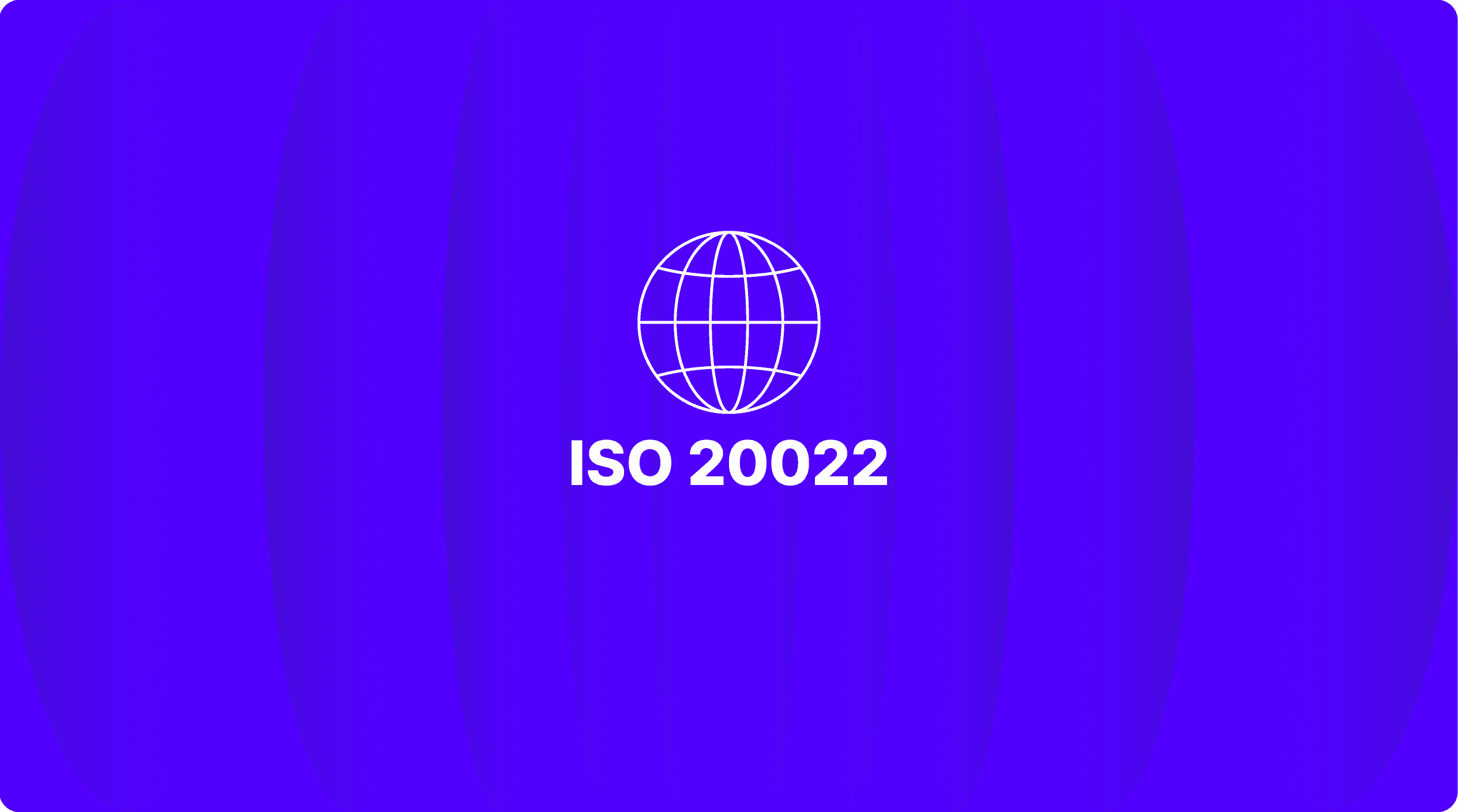Top 6 Benefits of Centralizing Payment Operations
A unified view of payment operations is key to modern hubs, helping financial institutions centralize control and bridge the gap between legacy and modern systems.
As financial institutions upgrade their payment systems with modern hubs, many are adopting a modular approach. These institutions are integrating instant payment systems like RTP® and FedNow®. At the same time, they still rely on legacy systems for ACH and Fedwire. During this transition and coexistence, institutions often face more fragmentation and lack a clear view of payment flows and transactions from different channels. In this blog, we’ll explore how a unified view of payment operations, the backbone of a modern payment hub, can help to overcome common payment challenges bridging legacy and modern payment operations.
Navigating the Complexity of Payment Systems
Financial institutions handle millions of transactions daily across various payment channels and payment types from ACH, Fedwire, FedNow, RTP and SWIFT, to name a few. Unfortunately, these systems often operate in isolation, leading to fragmented views and inefficiencies. These silos slow down transaction processing and increase the risk of outages and bottlenecks, especially as transaction volumes grow.
Older systems, once reliable, now struggle to keep up with modern demands. Tracking different payment processes can be a logistical nightmare for operations teams, complicating issue resolution and driving up costs. This makes a unified approach essential.
How a Centralized Operations Control Can Help
Efficient record management: Simplifying access
Financial institutions are required to keep payment records for extended periods, often up to a decade. A centralized operations control acts as a console, and streamlines this process, making it easier to store and retrieve records. This not only simplifies compliance with regulatory requirements but also enhances the efficiency of handling customer and regulatory inquiries.
Insightful data: Identifying performance gaps
Analyzing data in real-time is crucial for understanding and improving performance. A console’s advanced analytics capabilities provide a comprehensive view of payment flows and events, helping institutions identify bottlenecks and inefficiencies. These insights are vital for making informed strategic decisions and optimizing operations.
Accurate regulatory reporting: Streamlining compliance and reporting
Timely and precise reporting is critical for regulatory compliance. A centralized control provides automation and facilitates various canned and bespoke reporting requirements, such as payment volumes, missed deadlines, and foreign currency transactions by country.
Proactive SLA management: Ensuring performance
Managing Service Level Agreements (SLAs) effectively is essential for maintaining service quality and operational standards. The central console offers complete oversight by tracking internal SLAs for resolving issues. It also monitors external SLAs for payment processing times set by schemes like RTP and FedNow.
Ongoing payment monitoring: Tracking transactions and managing risks
Continuous monitoring of payment flows provides a clear view of transaction volumes and potential risks. Real-time alerts allow the operations team to quickly identify and resolve problems, preventing issues from escalating. This ongoing oversight helps maintain smooth operations and minimizes disruptions.
Streamlined repairs: Tools for resolving issues and disputes
When transaction issues arise, a console offers a range of tools to address and resolve them. Key features include:
- Payment repair: Correcting errors in payment details to ensure accuracy.
- Exception handling: Handling problems that automated systems cannot resolve.
- Manual corrections: Balancing and correcting account entries to maintain financial accuracy.
Bridging the Cost Gap
U.S. financial institutions face the highest cost-to-serve (CTS) metrics, averaging $847 per customer, according to KPMG. This contrasts with $461 in EMEA and $436 in Asia Pacific. The disparity offers U.S. institutions a key opportunity to identify and address root cause for inefficiencies, particularly in payment operations to bring down their cost-to-serve.
By offering a unified view of payments, modern payment hubs, with their unified operations control, simplify processes and reduce costs.
The Business Benefits
Using the centralized operations console offers several key advantages:
- Increased customer satisfaction: Faster processing, fewer errors, and quicker issue resolution enhance customer service and build loyalty.
- Cost savings and efficiency: According to Accenture, banks using integrated processing methods have reduced operating costs by 20-30%. Additionally, operational productivity has increased by 45% because of streamlined processes and centralized operations.
- Improved performance: Consolidating payment operations minimizes outages and performance bottlenecks, ensuring reliable payment processing even with higher transaction volumes.
- Regulatory compliance: Centralized monitoring and reporting help financial institutions adhere to standards and regulations. Central audits to keep up with new standards like ISO 20022 or new rules from Nacha, reduce the risk of non-compliance, fines, and penalties.
In the end, while customer experience takes the spotlight, the experience of payment operations teams deserves equal attention. Automation through payment hubs makes their tasks easier and more efficient, while smart dashboards clearly show the positive impact of these improvements.
Learn more about the growth of payment hubs in our white paper with Celent.

Get the monthly newsletter
Get the Finzly edge through our insights









